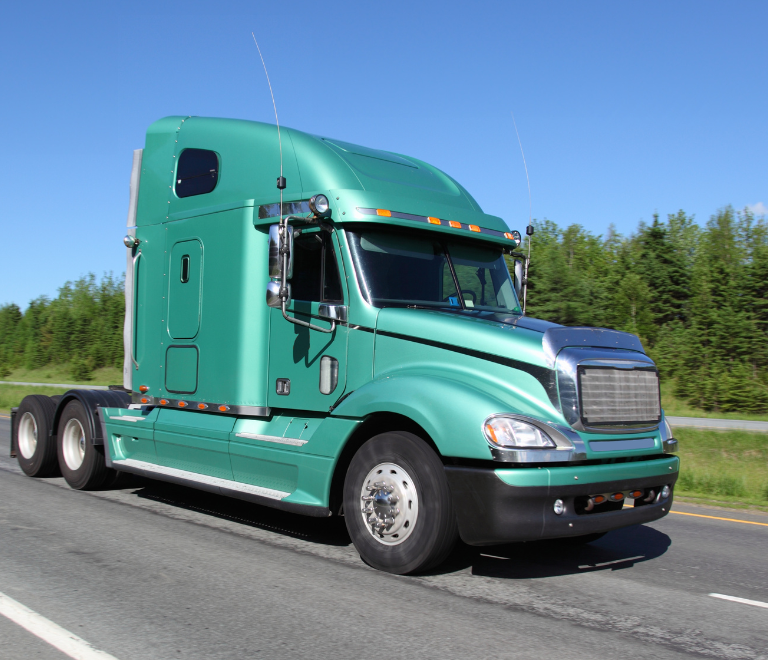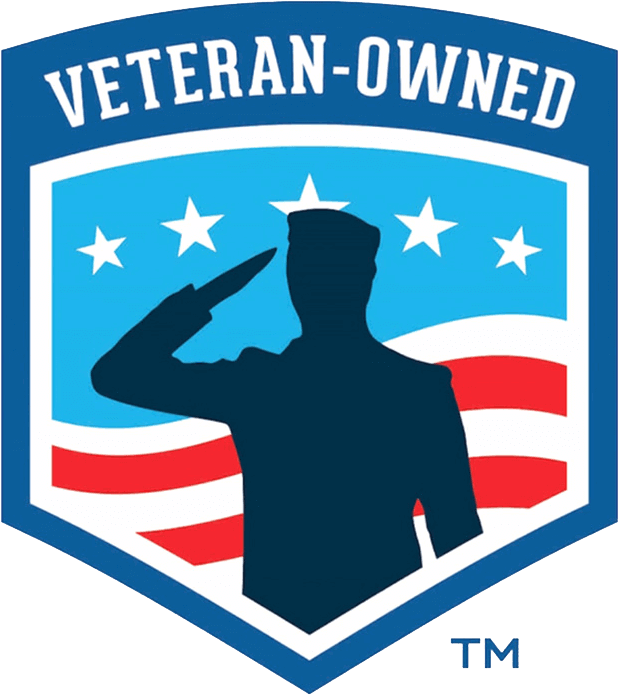We saw the largest and longest freight boom in trucking history from May 2020 to April 2022. Most big freight cycles last between six and twelve months, but this one lasted two years due to several extraordinary events like the COVID-19 Pandemic and government stimulus! Due to the record freight volumes and rates, a record number of ICs and trucking firms acquired their authorization and moved to the spot market.
However, the following are also present:
- Energy prices nearly reached all-time highs.
- High spot market volumes and rates fall to pre-COVID levels.
- Longer than usual downtime for repairs is being brought on by rising maintenance expenses and a lack of parts.
- Truck purchases, whether new or old, are still astronomically expensive.
- AB5 was enacted into law in California.
- Shippers and receivers are experiencing difficulties and delays due to labor scarcity.
- Contract rates are now beginning to decline.
Trucking is cyclical and will always have its ups and downs, as any seasoned veterans out there are aware. The last freight boom, however, welcomed a lot of fresh faces to the IC trucking industry. Those who are more recent may not be familiar with managing a firm during a downturn because they have never experienced one. Yes, some people will fail, return to working as corporate drivers, or maybe quit the business completely. But for those who aspire to live out the American Dream of running their own company, this is the perfect time to get to work and streamline your operations while also going above and beyond to guarantee your company’s success.
It’s time to return to the fundamentals. Football fans will be able to relate to the idea that you need to concentrate on “blocking and tackling” to advance your company. Not only will going back to Business 101 keep you afloat now, but it will also position you for even greater success when freight levels rise once more in the future!
So, what can you do now?
Re-Examine Potential Markets
In addition, switching providers is very expensive when downtime is taken into account. The grass isn’t always greener on the other side. Achieve new heights by expanding your reach and venturing where others fear to tread. Many motorists now have the attitude that they won’t travel to particular regions of the nation. The selection of high-paying loads may thus become less plentiful. Re-examine potential markets and be willing to enter more challenging ones while being aware of your cost per mile and the travel time required to reach and depart from such locations.

Identify Your Profit Plan
This is the ideal opportunity to sit back and assess your profit plan. You can find areas where you can make immediate financial changes by putting together your revenue projection, fixed costs, and variable expenses. If done correctly, you can also determine your break-even point or the amount of revenue required to cover your trucking and housing expenses. Additionally, you may easily determine your necessary tax savings to ensure that you don’t owe Uncle Sam any money.
Cut Your Biggest Expenses
For practically all trucks, fuel is the biggest expense. Fortunately, you have the most influence over this expense. Your biggest cost can be quickly reduced by adopting new fuel technologies and habits. Keeping this in mind, every dollar you save on petrol goes right into your wallet!
What conditions do you need to create for longer-term success?
P&Ls For Each Month’s Finances
A good company always keeps track of its finances and at least checks them once a month. Make sure you have a scorecard to track your progress now that your new profit strategy is in place and you are aware of the requirements for success. The bottom line you need to meet to attain your success can be determined by comparing a profit and loss statement to your profit plan to make sure you are hitting your revenue and spending goals.
Devise A New Mindset
Take into account exploring new running lanes and routes. Don’t only concentrate on the highest rate per mile; concentrate on bringing in the most money every day for a continuous period. To enter a market where rates are higher, you might have to accept some subpar rates. Don’t sit and wait (layover) hoping for a better rate the next day. On average, an O/O spends $240 a day on both personal and business expenses. If you wait two days for a cargo that pays more per mile, you’ve dug yourself a $480 hole that is more difficult to escape from.
Aim To Save Enough Money For Repairs
The main cause of IC failure is maintenance. The prolonged downtime associated with the repair, during which you still have fixed costs and home obligations to pay without producing money, is frequently what leads to a business failing more than the cost of the repair itself. Make sure you have a thorough and unique maintenance schedule for your truck.
Spend Less Money
The easiest method to improve your cash flow in difficult times is occasionally to exercise extreme restraint with your spending. For the greatest deal on petrol, comparison shop. The gasoline routing software for a carrier frequently informs you of this. Verify your insurance policies to ensure they are accurately estimating the value of your truck. The most important thing is to limit personal spending while traveling during hard circumstances. Eating in restaurants is a terrific method to fast raise spending because they have grown so pricey!
The plain reality is that over the past six or seven months, the trucking industry has experienced a significant decline. Some of us will survive this since it is just another cyclical occurrence that we have already experienced. We should concentrate on going back to the fundamentals for those of you who are more recent arrivals to this planet. Make changes now, tighten your budget, create a more thorough long-term plan, and put in a little more effort. Hard work can easily get us through difficult circumstances, and it will always position us for greater success when things go better, as they always do!



